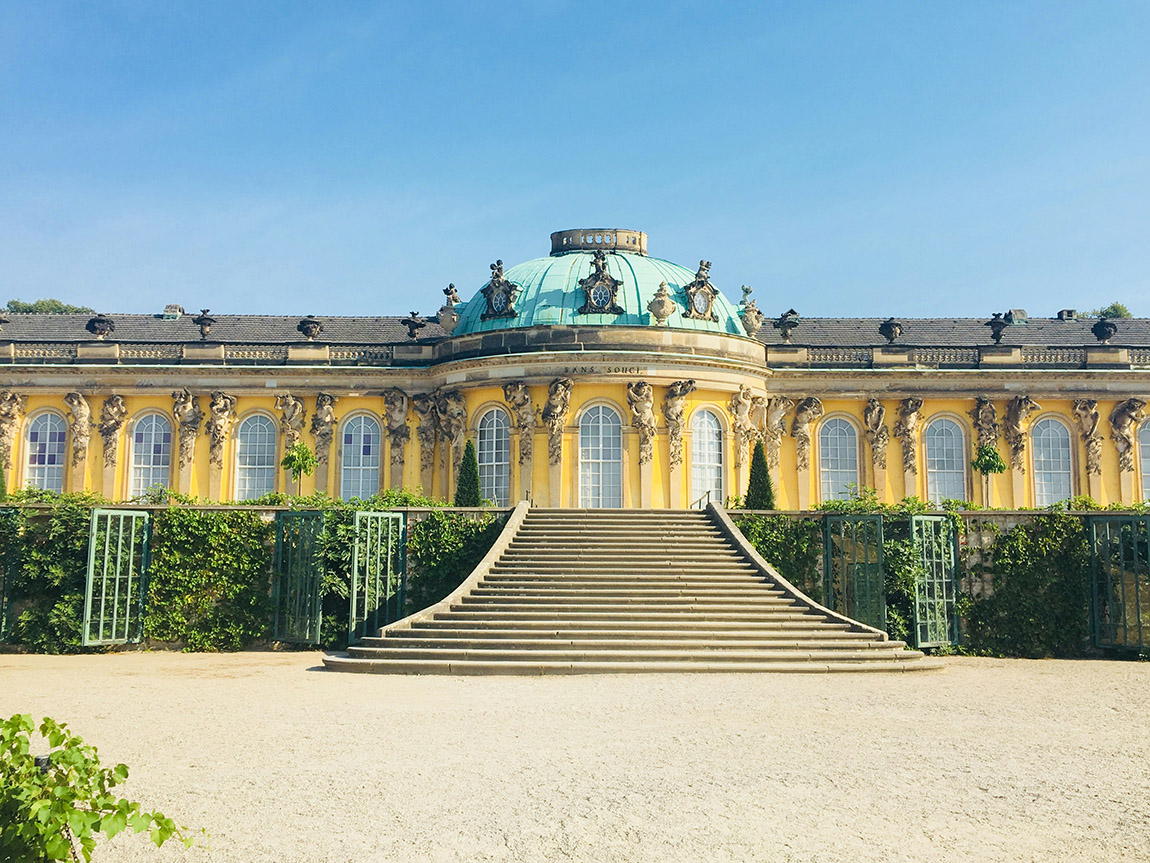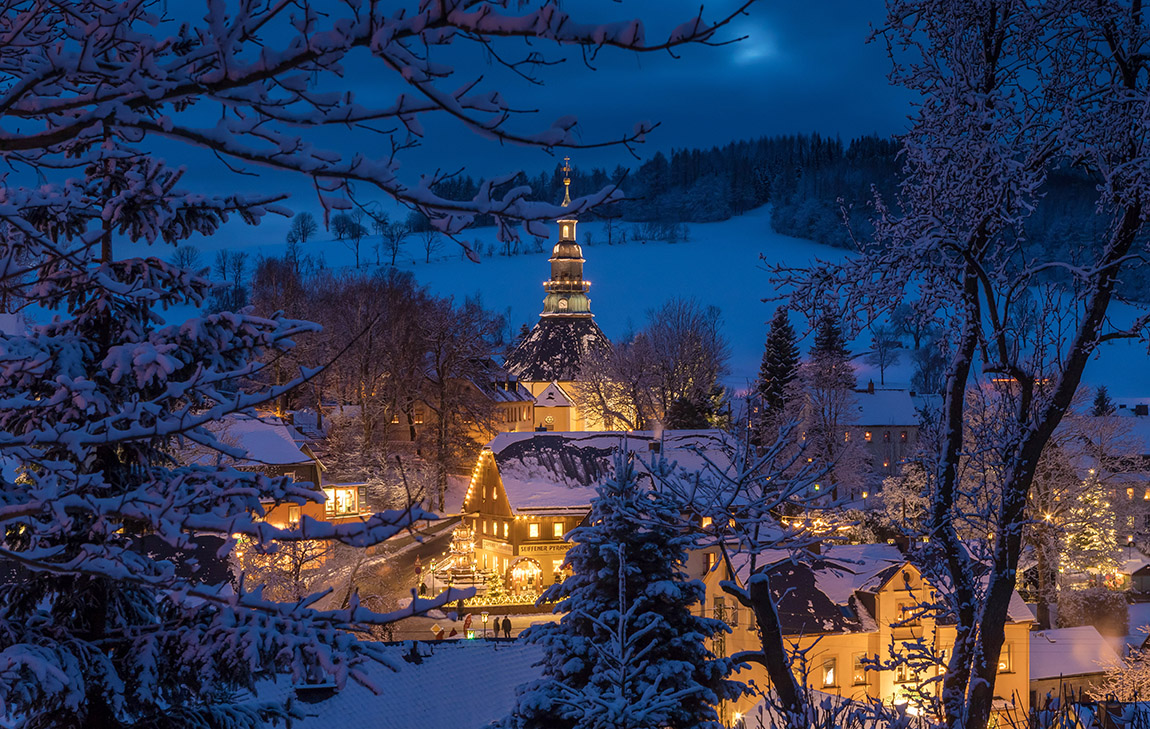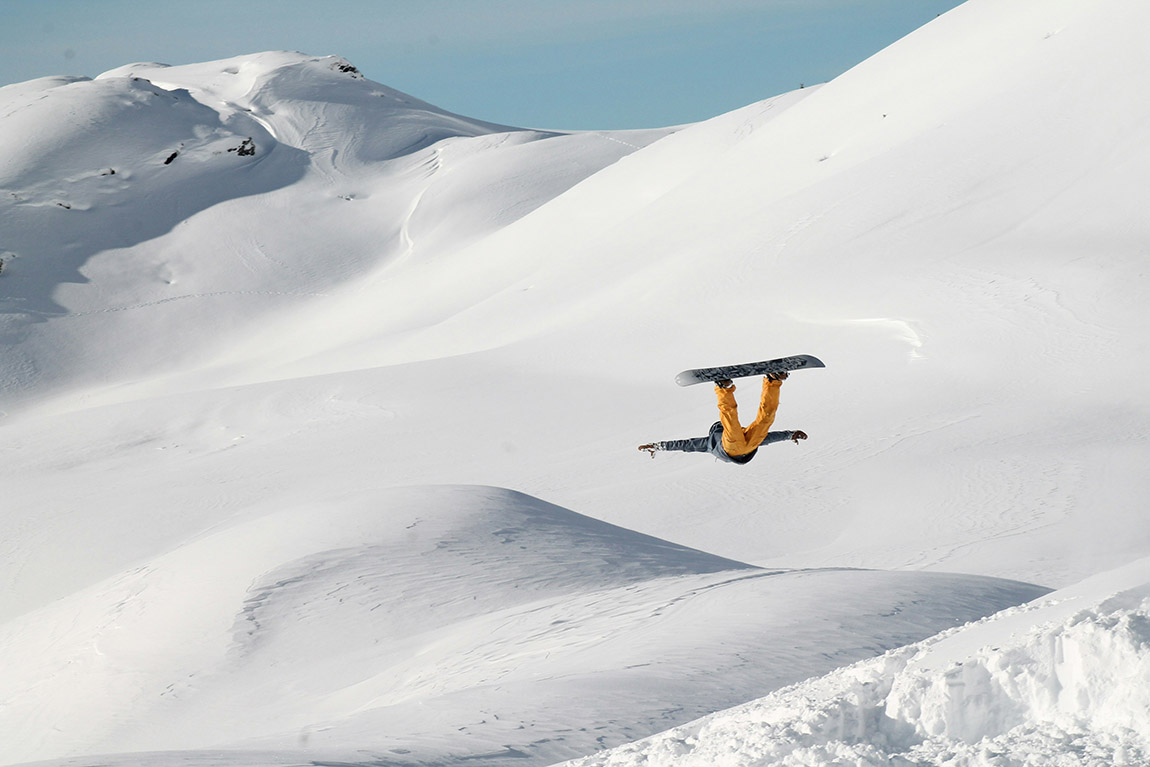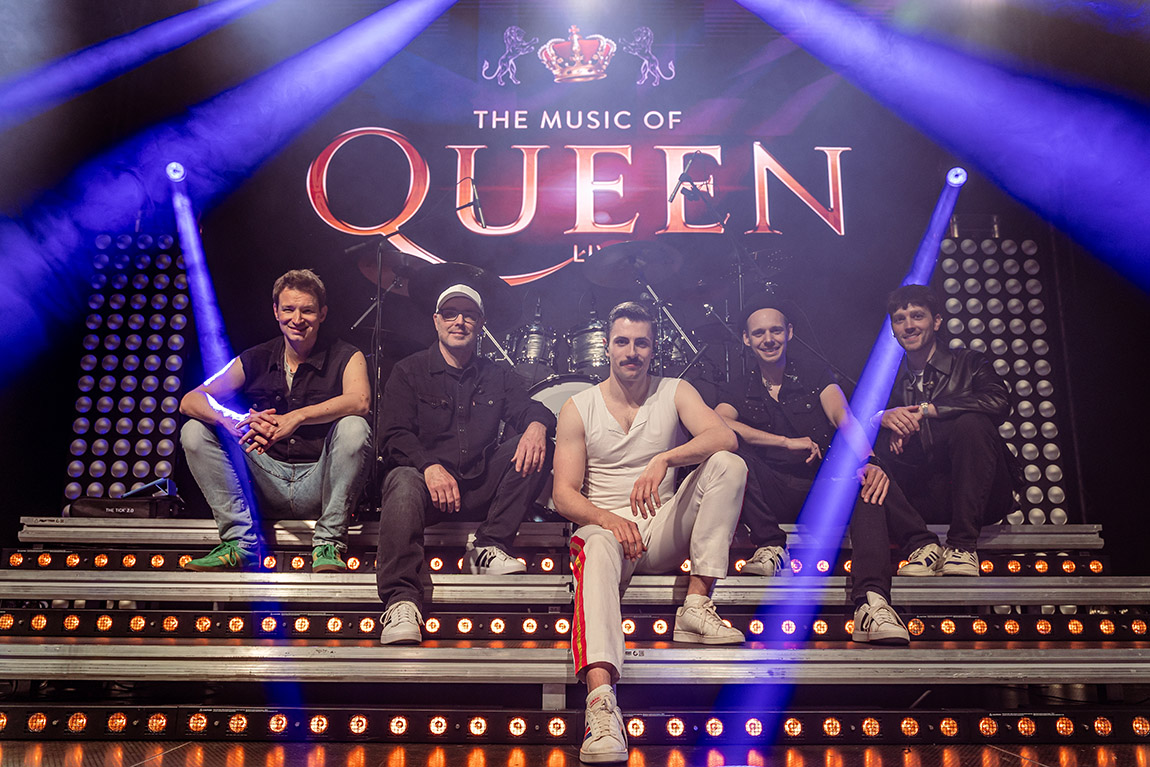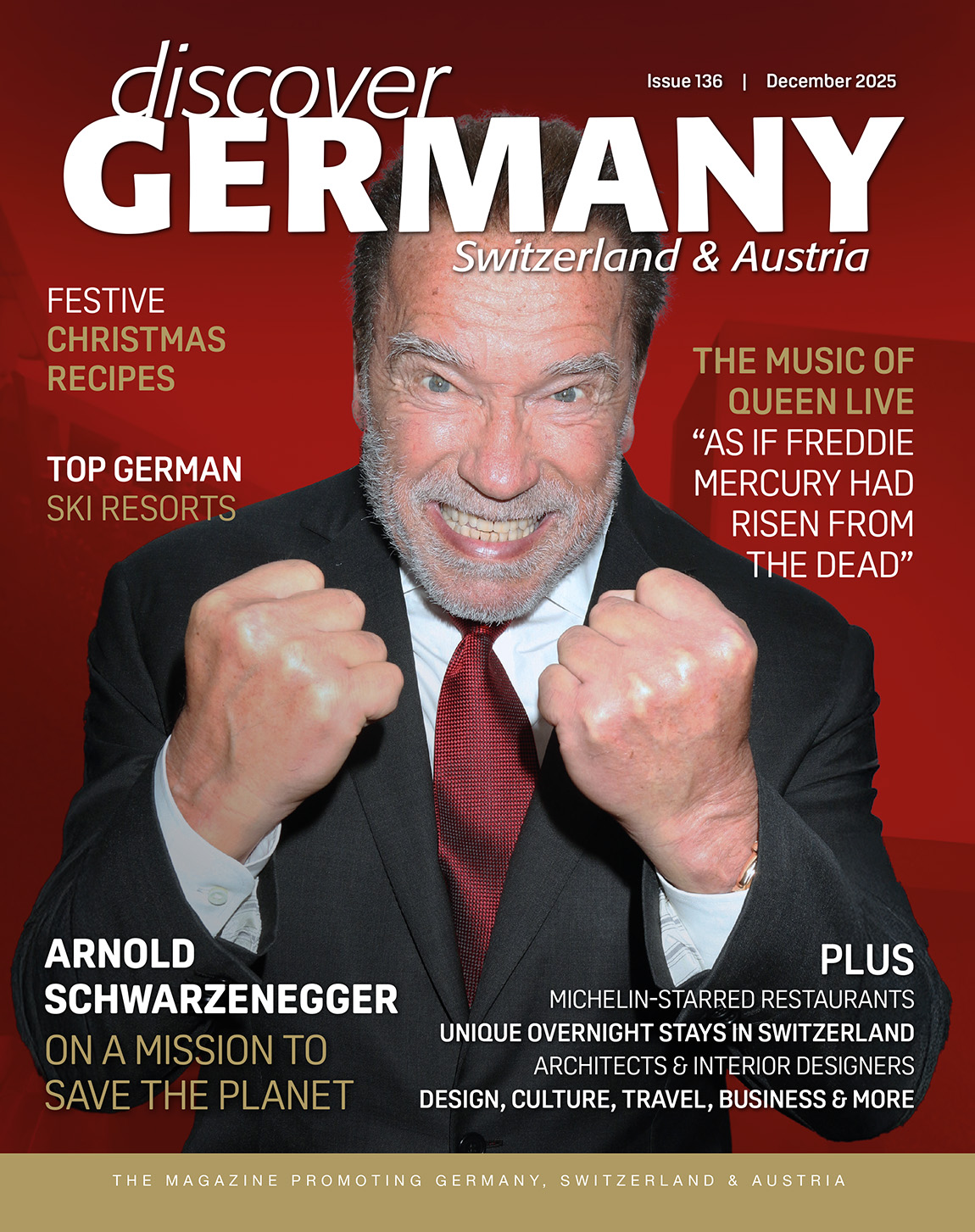O’zapft is’ – A Guide to Munich’s Oktoberfest 2024
TEXT: NANE STEINHOFF
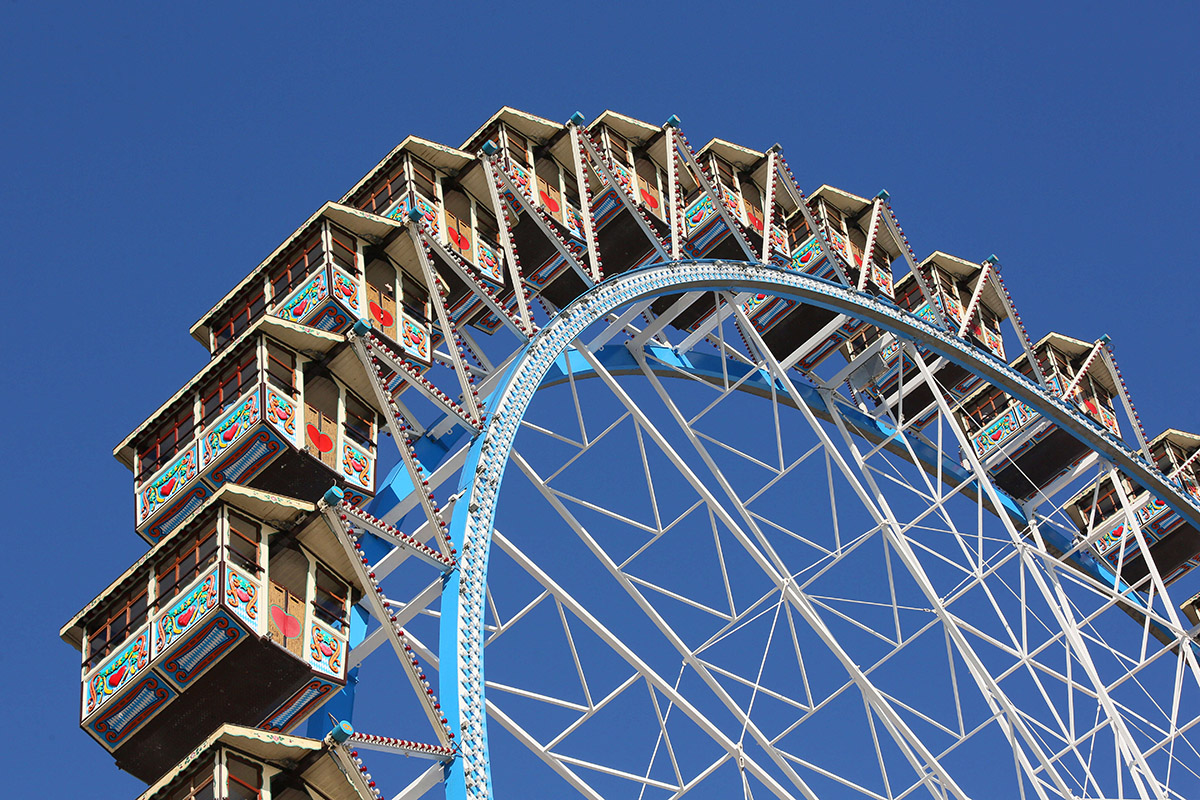
Photo: München Tourismus, Tommy Loesch
The Oktoberfest in Munich, Germany, is one of the world’s largest and most famous beer festivals, drawing millions of visitors from around the globe to experience Bavarian culture, traditions, and of course, a hearty dose of beer.
The annual festival is a celebration of Bavarian traditions, filled with music, dancing, great food, and a variety of amusement rides for the entire family. Let’s delve into the rich history and exciting highlights of Oktoberfest in Munich so you don’t have to plan your visit and can dive in straight away when you visit.
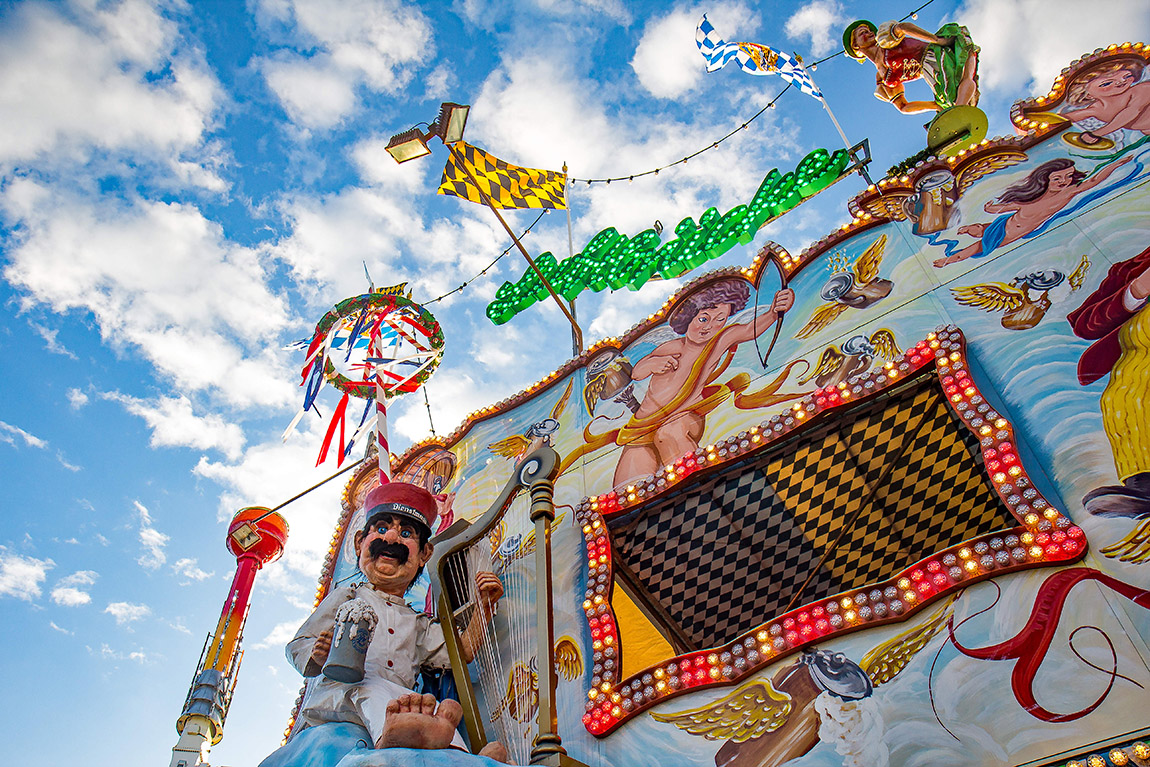
Photo: München Tourismus, Werner Böhm
History
The origins of Oktoberfest date back to October 12, 1810, when the Bavarian Crown Prince Ludwig (who later became King Ludwig I) married Princess Therese of Saxony-Hildburghausen. The citizens of Munich were invited to celebrate the royal wedding on the fields in front of the city gates, now known as Theresienwiese (Therese’s meadow). The festivities included horse races, beer, and food stands, marking the first Oktoberfest. Over the years, the festival grew in popularity and expanded to include various amusement rides and attractions, becoming the iconic event it is today that attracts around 7.2 million revellers annually.
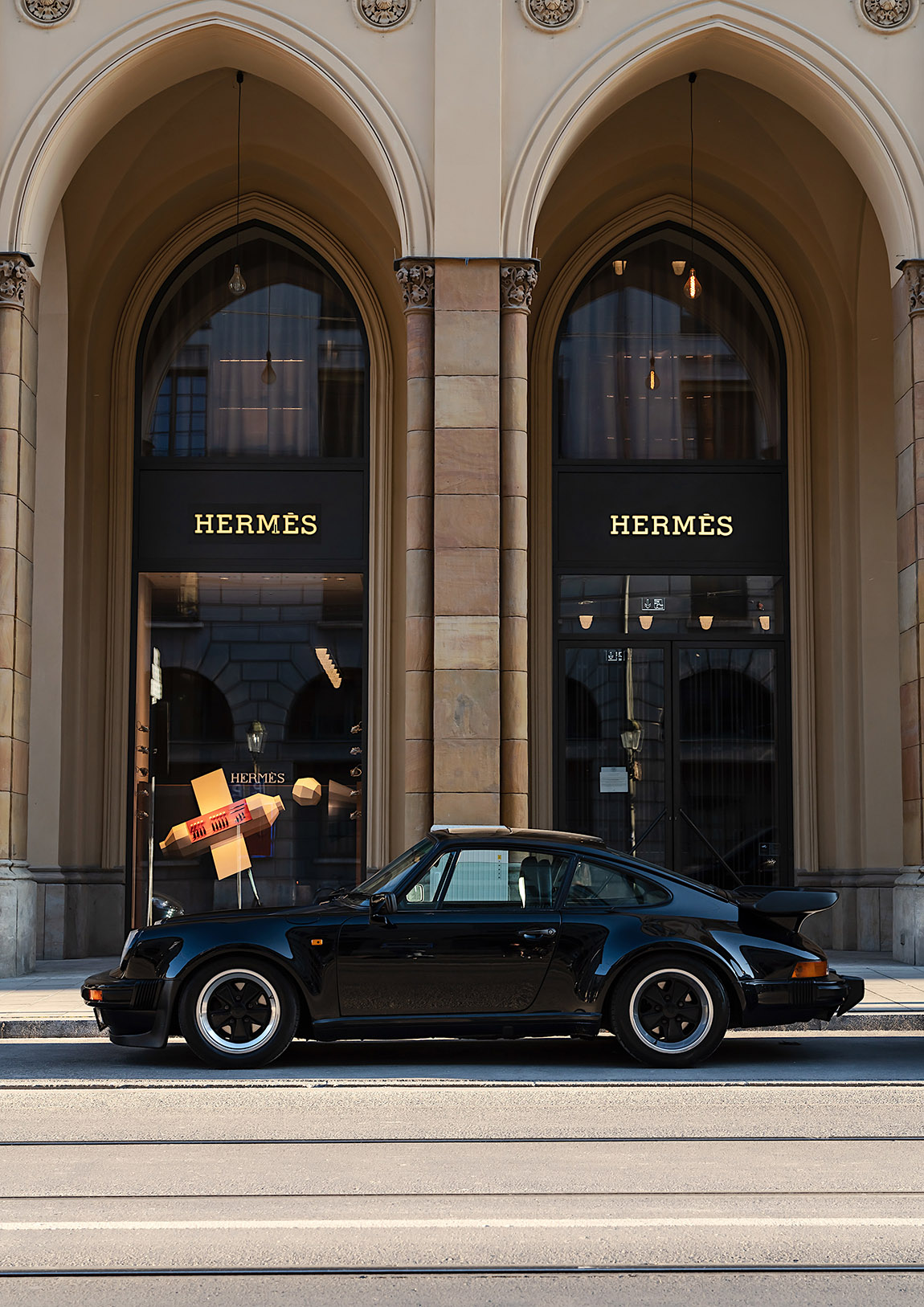
Photo: München Tourismus, Jan Saurer
The event’s name ‘Oktoberfest’ might be confusing to some as the two-week festival always starts in mid-September. According to the festival’s website, the reason behind the name is quite straight forward: “Because the weather in October was usually already cooler and the days are significantly shorter, one let the Oktoberfest begin in September. Since 1872, (it has) always (been held) on the first Saturday after September 15 until the first Sunday in October.”
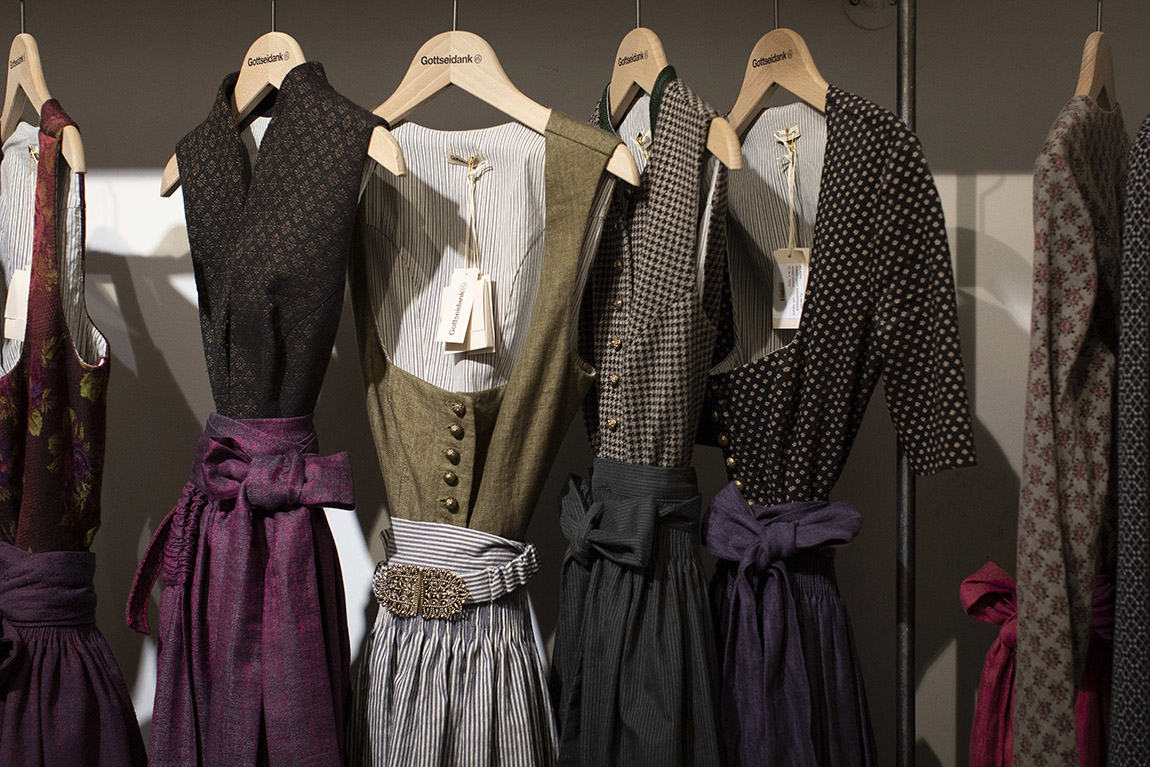
Photo: München Tourismus, Frank Stolle
What to wear
Attending Oktoberfest is a unique and exciting experience, and one of the most important aspects of preparing for the event is choosing the right outfit. Traditional Bavarian attire, known as ‘Tracht’, is highly encouraged at Oktoberfest and adds to the overall festive atmosphere. Oktoberfest is a vibrant and lively festival that celebrates Bavarian culture and traditions. Here’s a guide on what to wear at Oktoberfest.
Dirndl for Women: A dirndl is the traditional dress worn by women at Oktoberfest. It typically consists of a bodice, blouse, full skirt, and apron. Dirndls come in a variety of colours, styles, and lengths, so you can choose one that suits your taste. Make sure to tie the bow of your apron on the right side if you are single, and on the left side if you are taken or married.
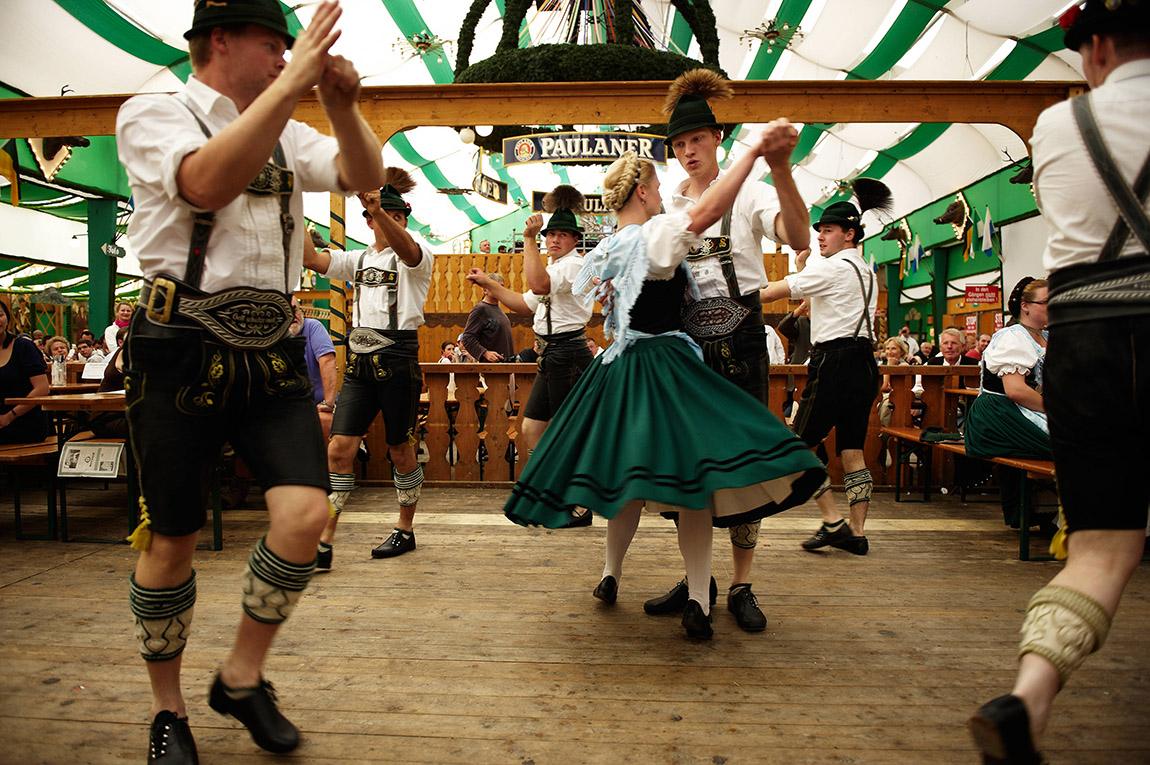
Photo: München Tourismus, Frank Bauer
Lederhosen for Men: Lederhosen are the traditional leather breeches worn by men at Oktoberfest. They are usually accompanied by a checkered shirt, suspenders, knee-length socks, and Haferl shoes. Lederhosen come in various shades of brown and can be paired with a trachten shirt or a traditional shirt for a complete look.
To complement your outfit, consider wearing a traditional Bavarian hat, such as a fedora or Tyrolean hat for men, and a floral wreath or hat for women. Adding accessories like a feathered hat pin, traditional jewellery, or a cute handbag can enhance your overall look. Comfortable shoes are a must for Oktoberfest, as you will be walking and standing for extended periods. Traditional Haferl shoes for men and flats or comfortable boots for women are good choices. Avoid wearing stilettos or brand new shoes, as they can be uncomfortable on the festival grounds.
While dressing in traditional Bavarian attire is encouraged, it’s important to note that wearing costumes or outfits that mock or misrepresent Bavarian culture is frowned upon. Stick to authentic Tracht to show respect for the festival and its traditions.
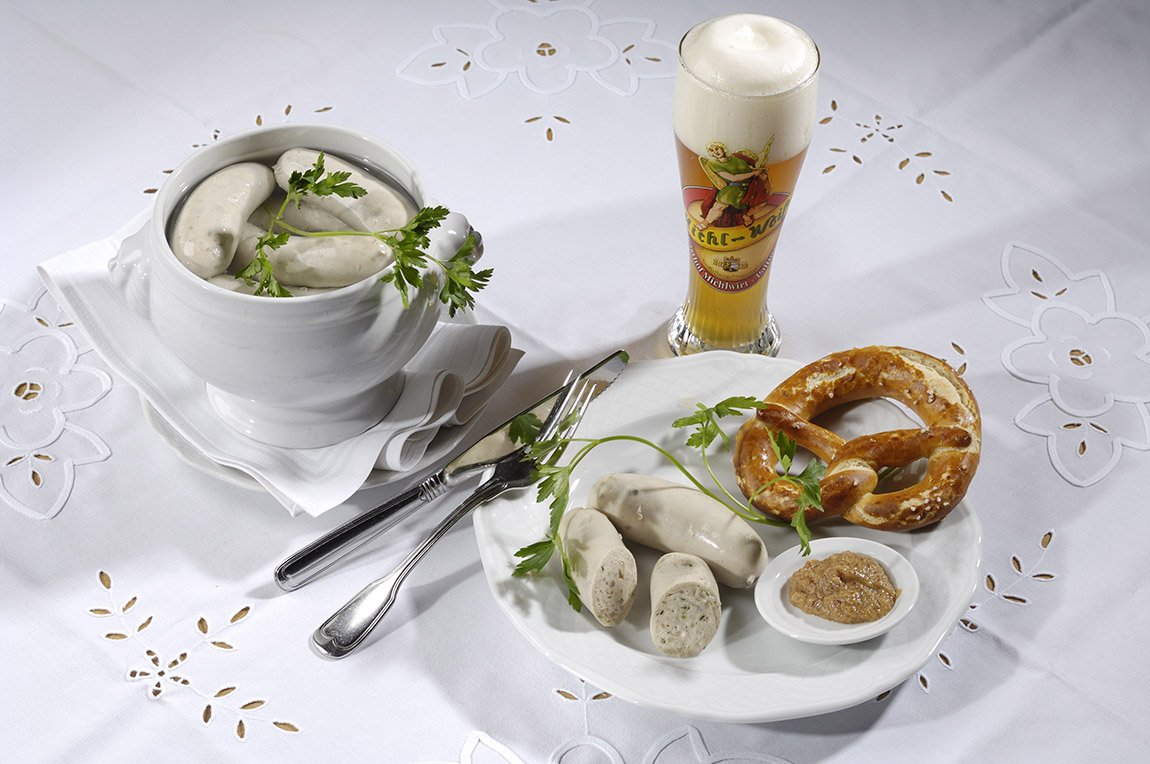
A proper Bavarian meal – veal sausage, pretzel and a beer. Photo: Photo: München Tourismus, G Standl
What to drink
Oktoberfest, the world’s largest beer festival held annually in Munich, Germany, is famous for its lively atmosphere, traditional Bavarian cuisine, and of course, a wide selection of delicious beverages. While beer is undoubtedly the star of the show at Oktoberfest, there are also many other traditional German drinks to enjoy during the festivities.
Of course, beer is the undisputed king of Oktoberfest. Visitors can enjoy a variety of traditional German beers, including Märzen, Helles, and Weißbier. The beer served at Oktoberfest must conform to the Reinheitsgebot, the German beer purity law, which stipulates that beer can only contain water, barley, and hops. Some of the most popular breweries at Oktoberfest include Hofbräu, Augustiner, Paulaner, and Löwenbräu. Radler, a refreshing beverage made by mixing beer with lemonade or soda, is a popular choice for those looking for a lighter alternative to traditional beer. Radler is the perfect drink for a hot day at Oktoberfest, offering a crisp and citrusy flavor that is both thirst-quenching and easy to drink.
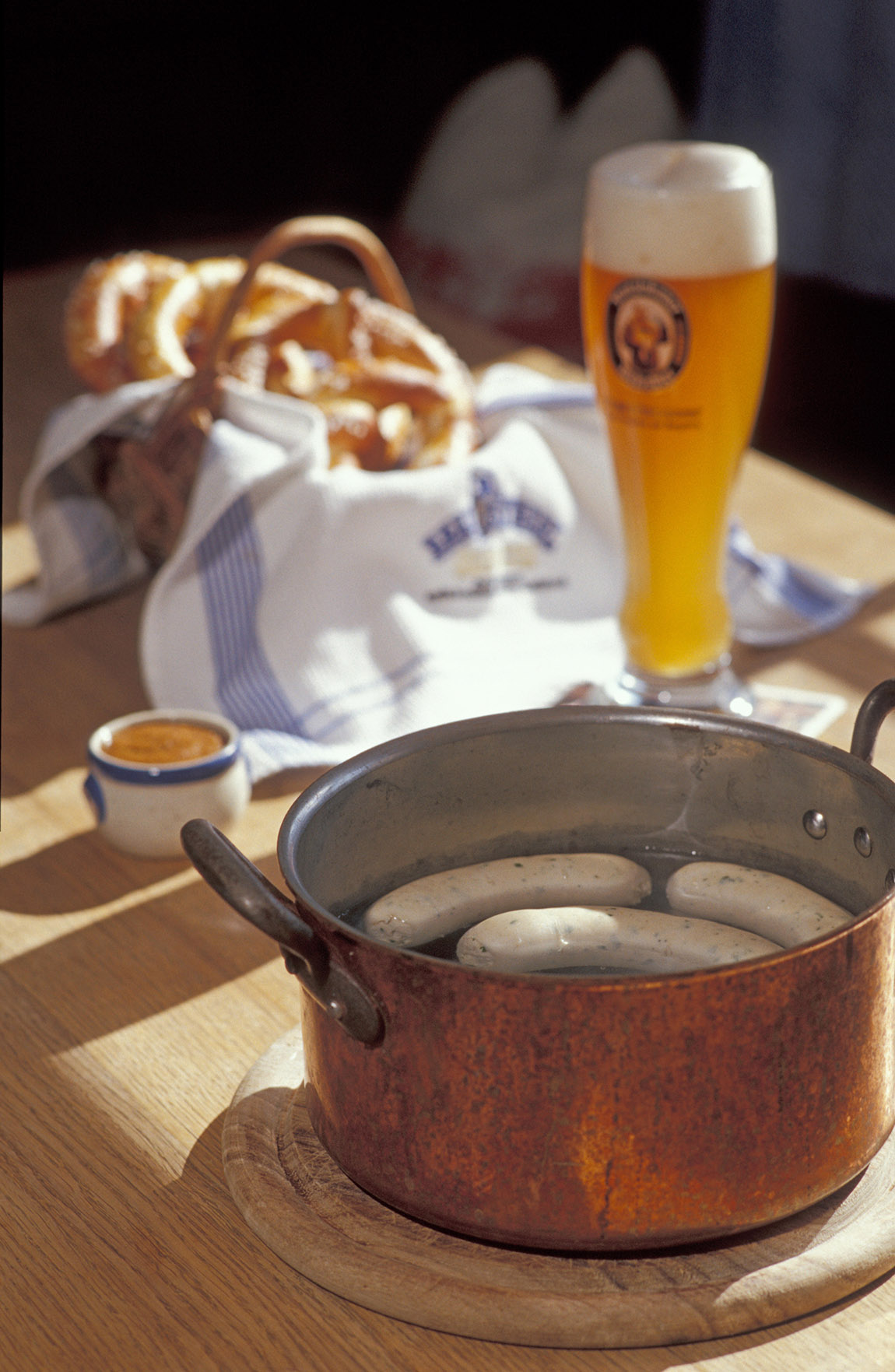
Photo: München Tourismus, G Standl
For many attendees, one of the highlights of Oktoberfest is enjoying traditional German beer while revelling in the festive atmosphere. When it comes to what to drink at Oktoberfest, there are a few key options that stand out, with the most iconic being the ‘mass’. The ‘mass’ (pronounced mahss) is a staple of Oktoberfest, and it refers to a one-litre (approximately 33.8 ounces) glass mug of beer. This hefty mug is a quintessential part of the Oktoberfest experience and is often adorned with the brewery’s logo or the festival’s official design. The most common type of beer served in a mass at Oktoberfest is the Märzen, a malty and slightly sweet amber lager that is brewed specifically for the festival.
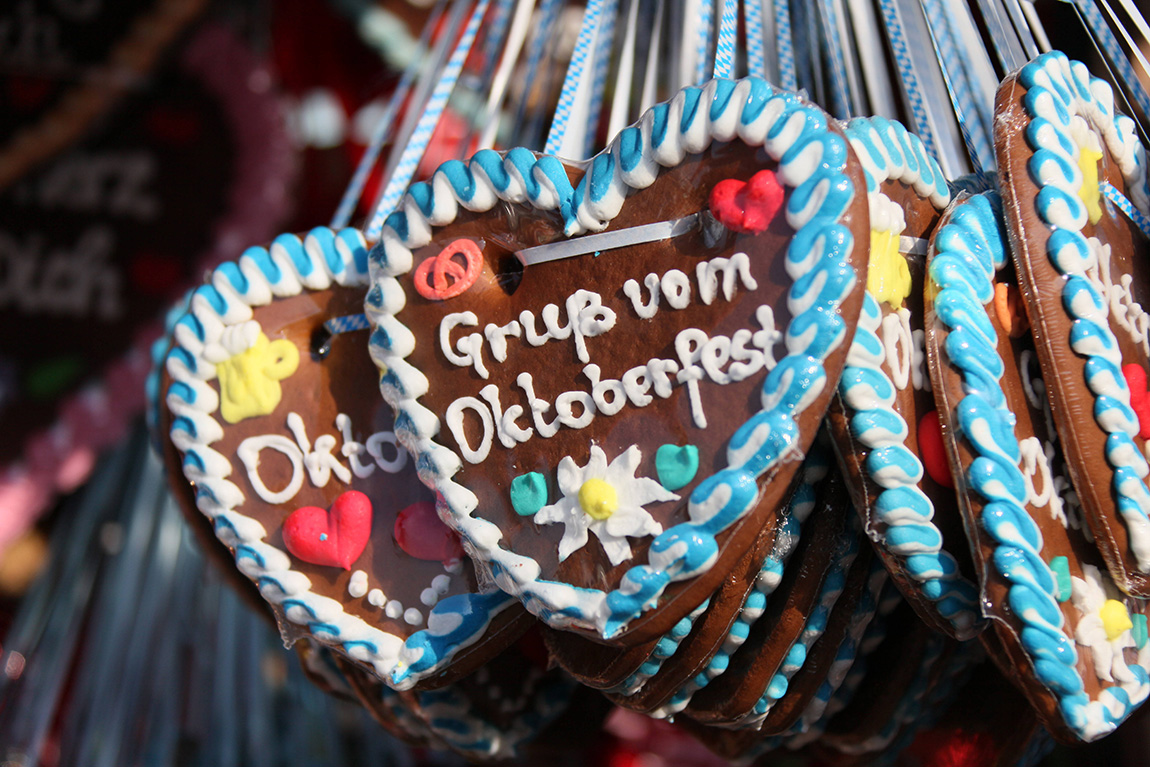
Photo: München Tourismus, Tommy Loesch
For those who want to keep a clear head, the Apfelschorle is a non-alcoholic drink made by mixing apple juice with sparkling water. This refreshing beverage is a great choice for visitors who want to stay hydrated and enjoy a fruity drink without the alcohol content. Apfelschorle is commonly enjoyed throughout Germany and is a popular option at Oktoberfest for those looking for a non-alcoholic alternative.
When it comes to enjoying your drinks at Oktoberfest, it’s important to remember that the mass is not just a vessel for beer but also a cultural symbol. The proper way to hold and drink from a mass is with one hand on the handle and the other supporting the bottom of the glass. Prost (cheers) is the traditional German toast that is heard throughout Oktoberfest, and clinking glasses with a hearty prost is a must-do when enjoying your beer.
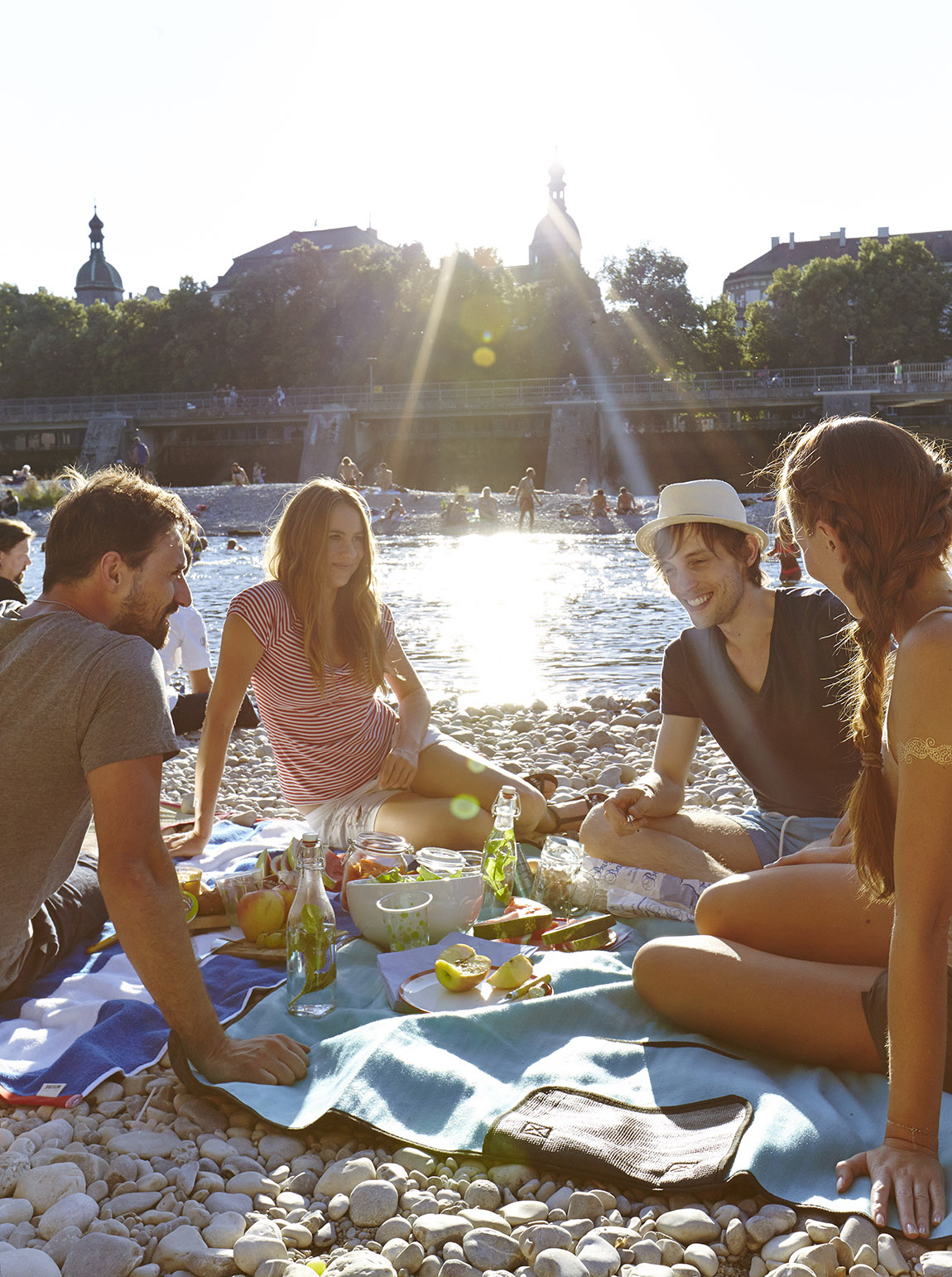
Photo: München Tourismus, Christian Kasper
What to eat
Oktoberfest is not just about beer – it’s also a celebration of Bavarian culture, music, and food. One of the highlights of Oktoberfest is the delicious traditional German cuisine that is served at the festival. From hearty meats to sweet treats, there is something for everyone to enjoy at Oktoberfest. No trip to Oktoberfest is complete without indulging in a giant, salty pretzel, for example. These warm, soft pretzels are the perfect snack to enjoy while wandering around the festival grounds. Be sure to pair them with some mustard or Obatzda, a creamy cheese dip made with ripe Camembert cheese, butter, onions, and spices. It has a rich and tangy flavor that pairs perfectly with beer.
Of course, Oktoberfest is a sausage lover’s paradise. From bratwurst to currywurst, there are a variety of delicious sausages to choose from. Whether you prefer your sausage grilled or fried, you are sure to find a tasty option at one of the many food stalls at Oktoberfest. For meat lovers, the traditional Schweinshaxe (roasted pork knuckle) is sure to be a highlight. The pork knuckle is roasted to perfection, resulting in crispy skin and tender, flavorful meat. Schweinshaxe is often served with sauerkraut and potato dumplings, making it a hearty and satisfying meal.
Other dishes that should be tried are Leberkaese, a traditional Bavarian meatloaf, potatoe salad, and schnitzel, a breaded and fried cutlet of meat. As dessert, roasted almonds or a slice of Apfelstrudel, or apple strudel, is a great way to end your culinary Oktoberfest journey.
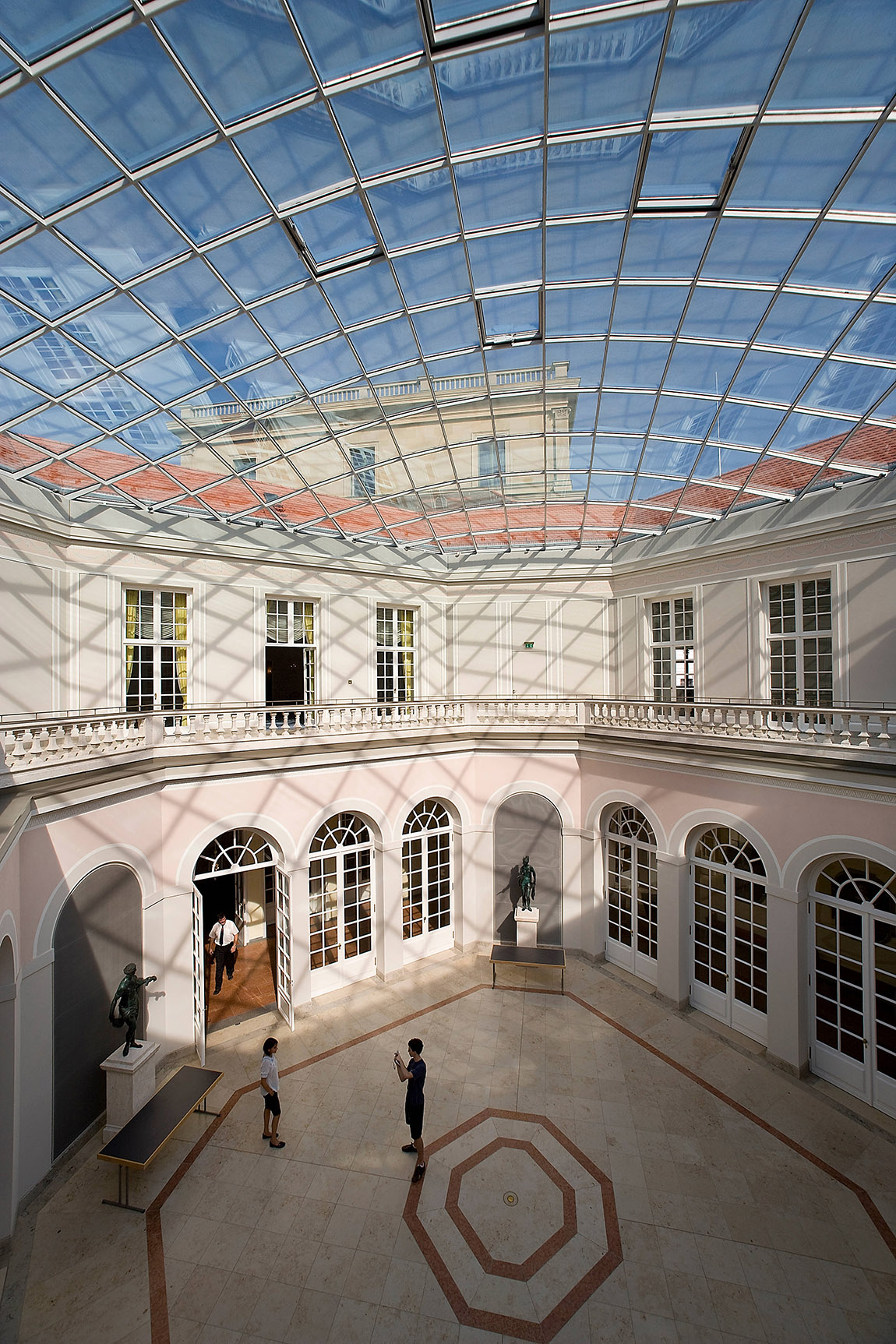
Munich also has a lot more to offer for visitors, such as the Cuvilliés Theatre. Photo: München Tourismus, Vittorio Sciosia
What to do
While the festival kicks off with a parade featuring traditional Bavarian costumes, marching bands, and horse-drawn beer wagons – a highlight for the entire family, the Oktoberfest has several carnival rides and attractions on offer for all ages. From roller coasters to bumper cars and ferris wheels, the Oktoberfest is, at its core, a fun amusement park. Of course, the beer tents are highlights not to be missed. Here, visitors from all over the world drink beer, laugh and dance on the tables until the early hours. Each tent represents a different brewery.
Another highlight of the Oktoberfest in Munich is the traditional ‘Trachten- und Schützenzug’, a costume parade that sees thousands of participants dressed in traditional Bavarian clothes. For those seeking to really feel Bavaria’s essence and learn more about its culture, this is a great event to visit.
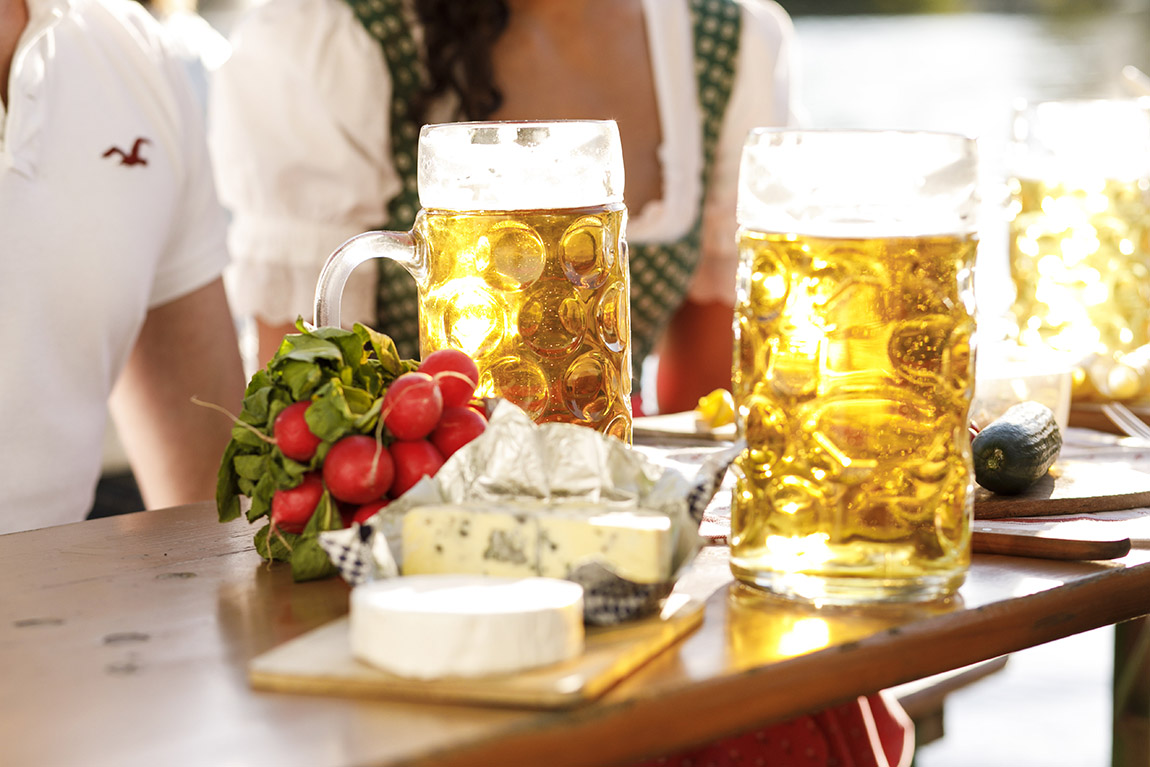
Photo: München Tourismus, Christian Kasper
Subscribe to Our Newsletter
Receive our monthly newsletter by email


